See the people-packed central square whose swirling wave-patterned cobbles are thought to have inspired copycat pavements across the rest of Portugal and beyond.
Officially named Praça Dom Pedro IV, this centrally located square is much more commonly known simply as Rossio. Come here at any time of the day to find the square abuzz, as people gather to socialize at cafés around the square’s edge.
Stroll across the vast square and note the unusual wave-like mosaic pavement underfoot. The curving lines, which alternate between lighter and darker stone, create an impression of movement. Although the square was founded in the 13th century, the pavement was only added in the mid 19th century. After being installed here, this style of pavement grew in popularity, spreading across Portugal and eventually showing up overseas in former Portuguese colonies such as Brazil.
At the center of the square you’ll see the tall monument to Dom Pedro IV, a former Portuguese king and the first emperor of Brazil.
Note the two large fountains on either side of the monument. Erected in 1889, these two Baroque fountains are identical and feature sculptures depicting mythical figures. Consider coming back to the square at night to see the fountains lit up. Look to the north end of the square to see the neoclassical-style National Theatre of D. Maria II, Lisbon’s premier performance venue for the dramatic arts.
Pause for a coffee and some people-watching at one of the surrounding cafés, some of which have been here for a century or more. Their outdoor terraces are excellent spots from which to observe the action on the square, whether it be street performers entertaining tourists, businesspeople having their shoes shined, or friends embracing each other upon greeting.
Find Rossio Square in the Baixa neighborhood of Lisbon. To get here, ride the metro to Rossio Station. Being a public place, Rossio Square is open 24/7 and no admission fee is charged.
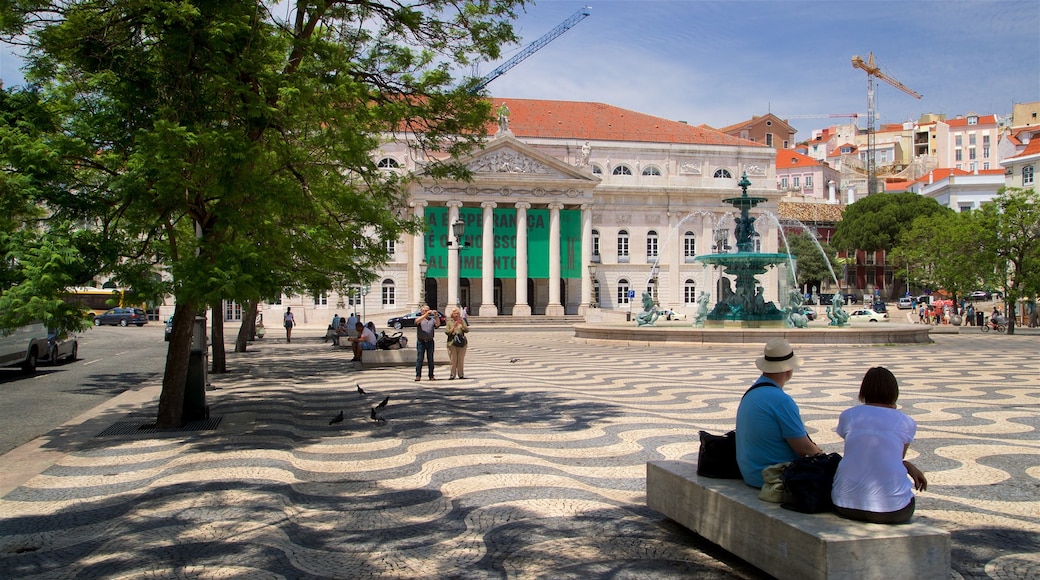



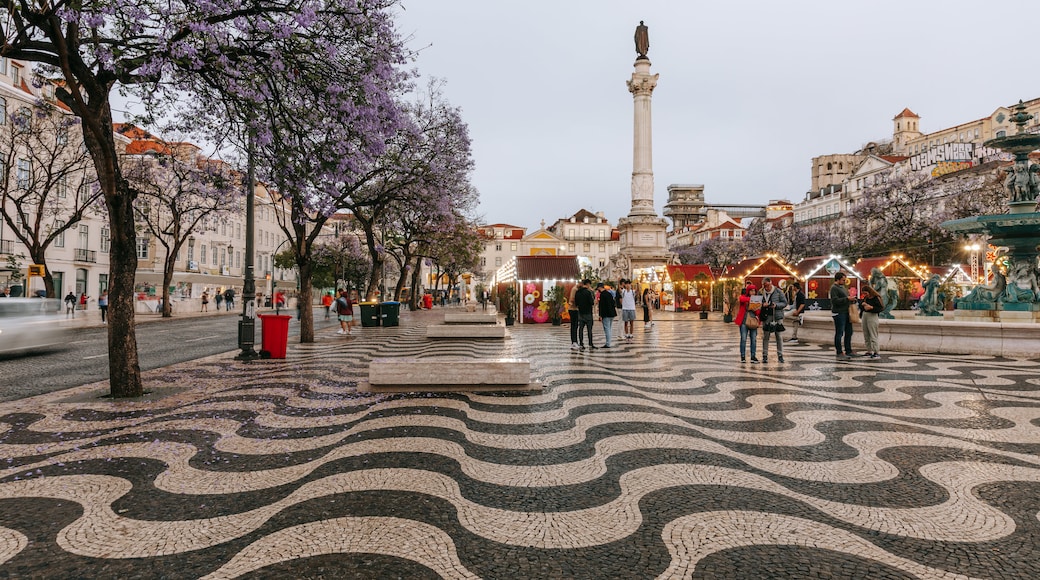
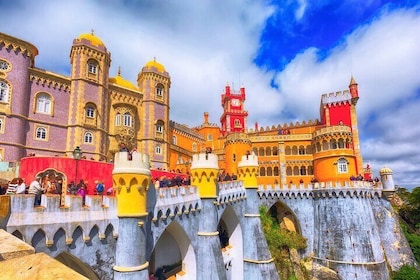
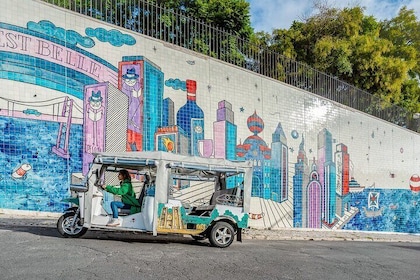
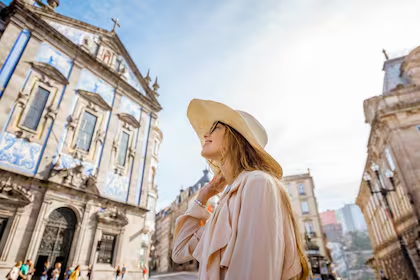

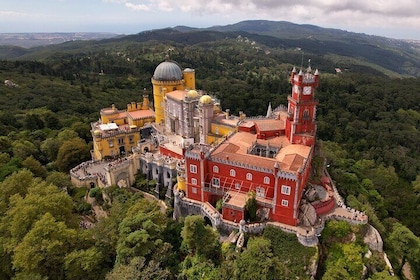

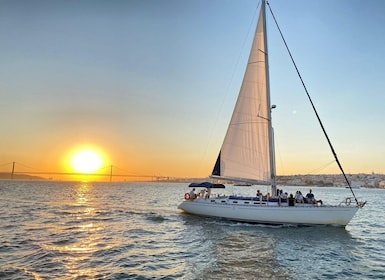




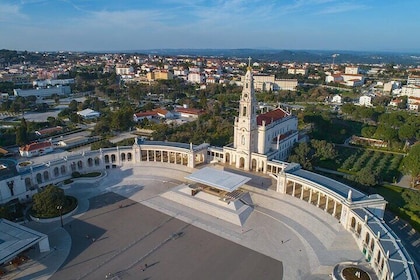


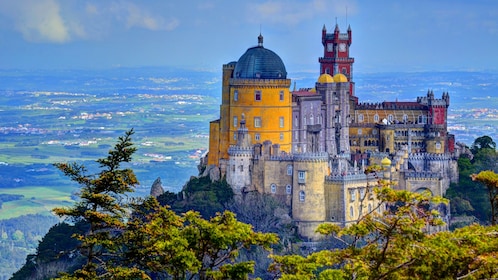







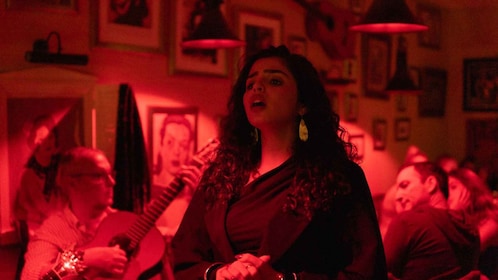


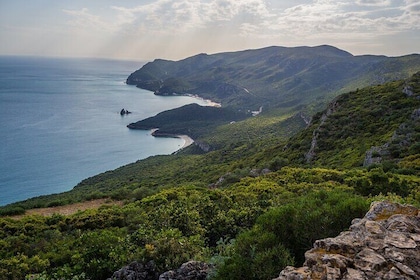
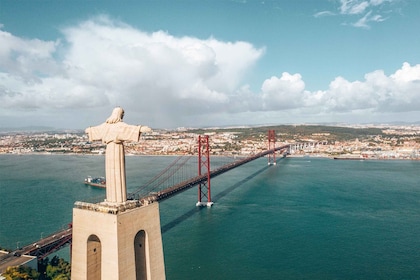

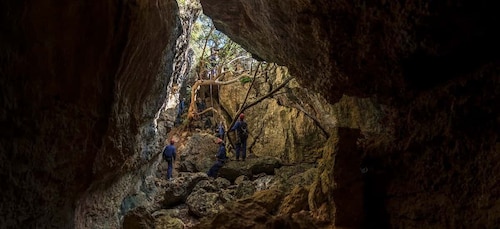


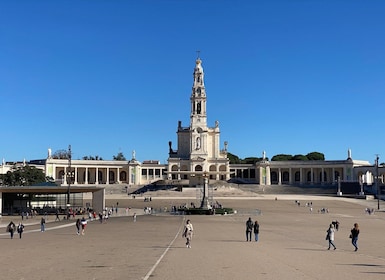













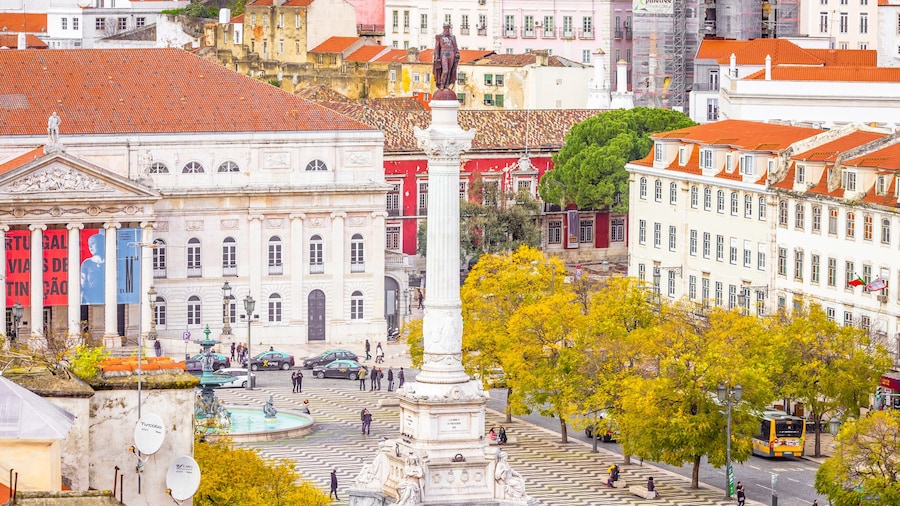
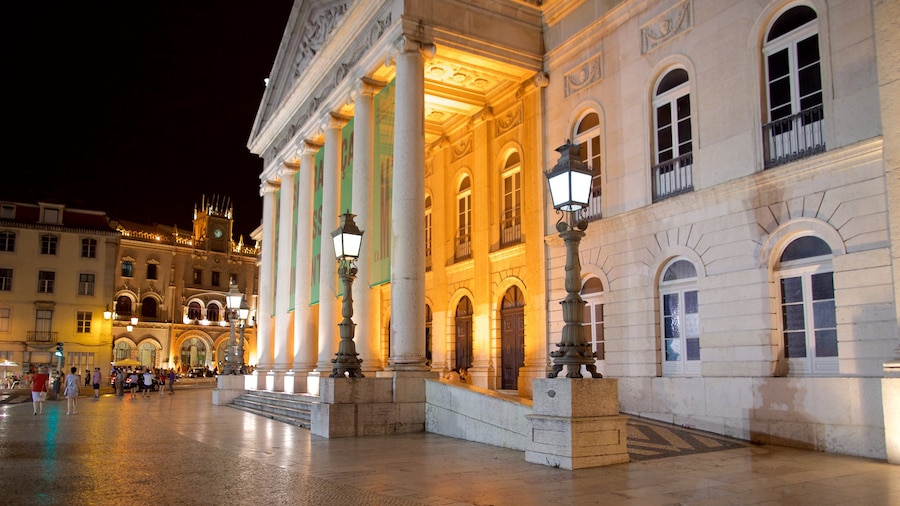
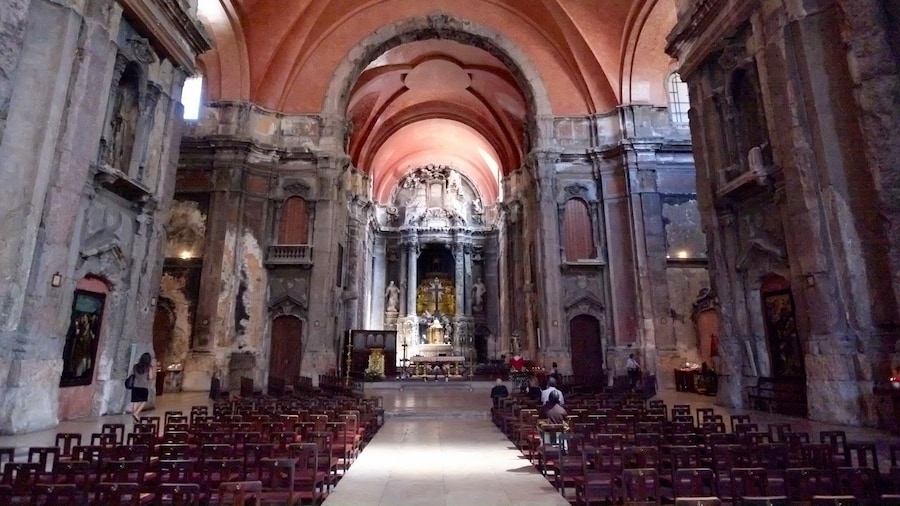
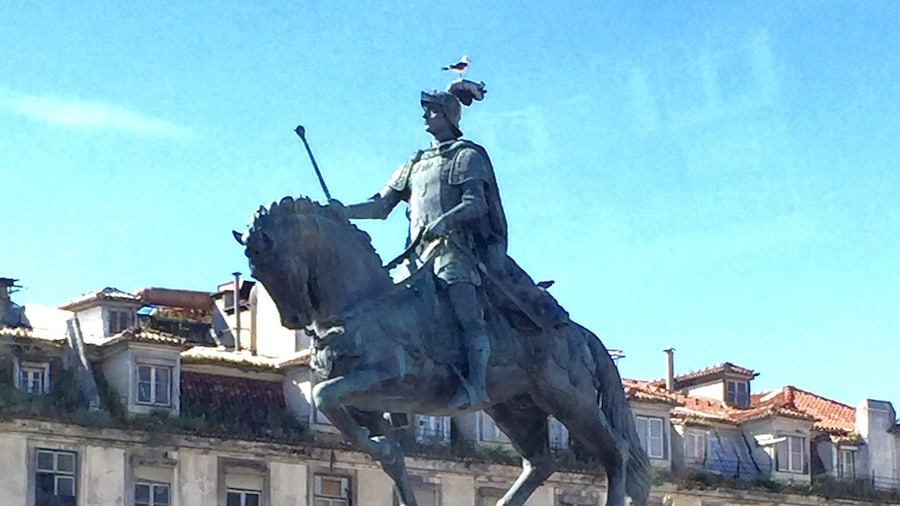
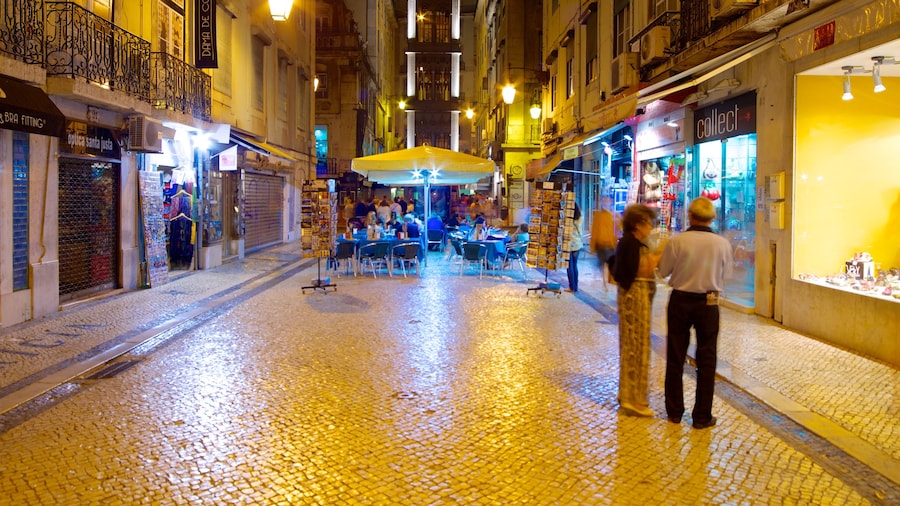


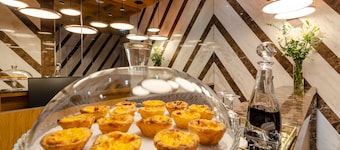







 Calendar Month
Calendar Month Temperature
Temperature Precipitation
Precipitation Cloudiness
Cloudiness Occupancy
Occupancy Pricing
Pricing